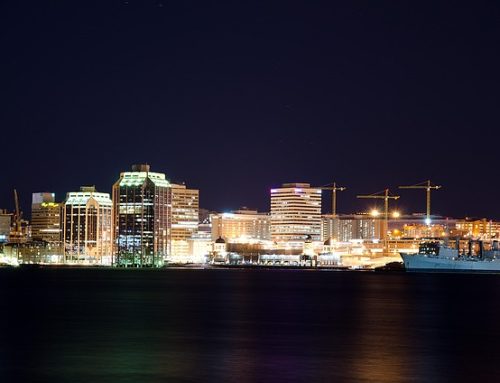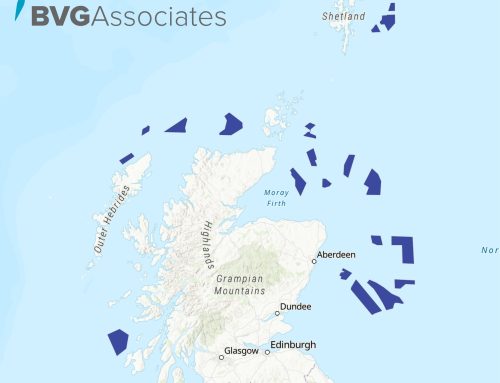Last week, the International Maritime Organisation (IMO)’s Marine Environment Protection Committee held its 83rd session (MEPC 83) in London and approved a global net-zero framework for shipping. This is the first time a carbon price has been applied across an entire industry. From 2028, ships over 5,000 gross tonnes will be charged for emitting CO₂ above set thresholds. These rules are no longer speculative. They are drafted, passed and on track to enter into force in 2027.
Not all vessels in offshore wind will be affected. Most crew transfer vessels fall below the 5,000 gross tonne threshold. However, many jack-ups, cable layers and larger service operation vessels will be well within scope. These are the vessels doing the heavy lifting during construction and long-term operations. Each year, ships over the threshold will need to demonstrate compliance or face charges of up to $380 per tonne of excess CO₂. An additional penalty of $100 per tonne applies for breaching a stricter emissions limit. Ships that emit less can earn credits and sell them.
Offshore wind has always positioned itself as a low-carbon technology, but its marine support infrastructure often isn’t. For developers bidding into upcoming leasing rounds or negotiating supply chain agreements, this changes the equation. A vessel that seems affordable today may look less attractive by the time it is operating under this new regime. Costs that were once externalised will soon appear in operational budgets.
Some are already responding. Purus Marine is delivering methanol-ready SOVs. Builders like Damen and VARD are offering hybrid and electric-ready CTVs as standard. Autonomous vessels are becoming more relevant, not just for crew reduction but because their lower energy use helps avoid falling into the emissions pricing bracket. That makes them easier to finance, easier to contract and ultimately cheaper to run.
The global net-zero framework for shipping will not stop offshore wind. But they will change how it is delivered. Every new framework agreement or vessel charter signed from now on should include one question: what will the carbon cost in 2028?






